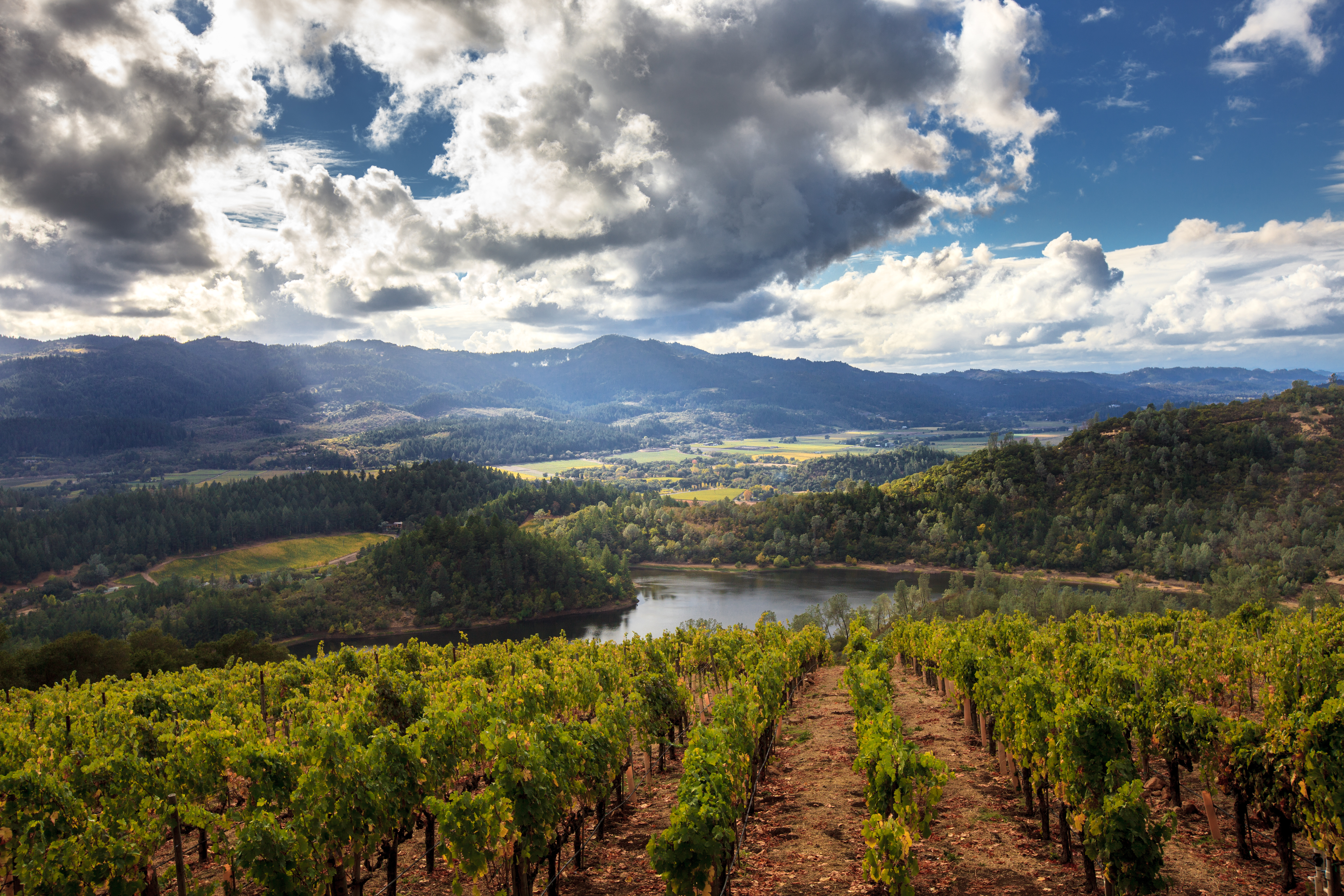Sub-appellate wines are handled very much like appellate wines, with one more level of strictures. The 85% rule.
Where appellate wines need only be 75% of the stated varietal, 100% grown in the stated appellation, sub-appellate wines must be 85% of the stated varietal, 100% grown in the listed sub-appellation.
How does this look?
A 75% example reads: [PRODUCER], Cabernet Sauvignon, North Coast, California, 2015
An 85% example reads: [PRODUCER], Cabernet Sauvignon, Napa Valley, California, 2015
What is important to notice here is that Napa Valley is a recognized AVA that is sub-appellate to North Coast. So is Sonoma County AVA. So in these cases, the 85% rule applies to Napa Valley and Sonoma County labeled wines and all sub-appellations within (Knights Valley, Coombsville, Rutherford, etc…), where as a North Coast labeled wine is in the 75% rule and could potentially be mixing fruit from Napa and Sonoma allowing 25% to come from anywhere else in the state outside of the North Coast area.
The Central Coast wines fall under the 75% rule, but as soon as you state Santa Cruz Mountains, you are in the 85% territory. Same story goes for Sierra Foothills, Central Valley, and the South Coast.
To make things a bit more confusing, but also to assist in pedigree of what is in the bottle, if you label a wine in a sub-appellate like Rutherford, you need to list Napa Valley alongside Rutherford. This rule applies to wines from Napa Valley, Sonoma County, Paso Robles, and Lodi appellations.
An example would read: [PRODUCER], Cabernet Sauvignon, Oakville, Napa Valley, California, 2015
Once you have your head wrapped around the 75% rule, the 85% rule is actually quite easy to digest, almost as easy as the incredible wines that are made under these rules.
Understanding AVA Series:


I’m confused. The second and fourth paragraph seem to contradict themselves.
In the second paragraph, the 75% and 85% focus on the grape, but in the fourth paragraph those percentages focus on the geography.
What am I missing?
Great rule to know though!
Hey Dan, check out the previous article, The 75% Rule – https://chwine.com/tasting-room/understanding-ava-75-rule/ – this has the initial breakdown in greater detail that can clear up that confusion, this was written as a follow up post to that article. And quite honestly, it is all confusing, even more so in Europe where the system ours is modeled after was created and each country has their own variation on it.
Thanks for the help. That clears things up. Lots of percentages to remember!